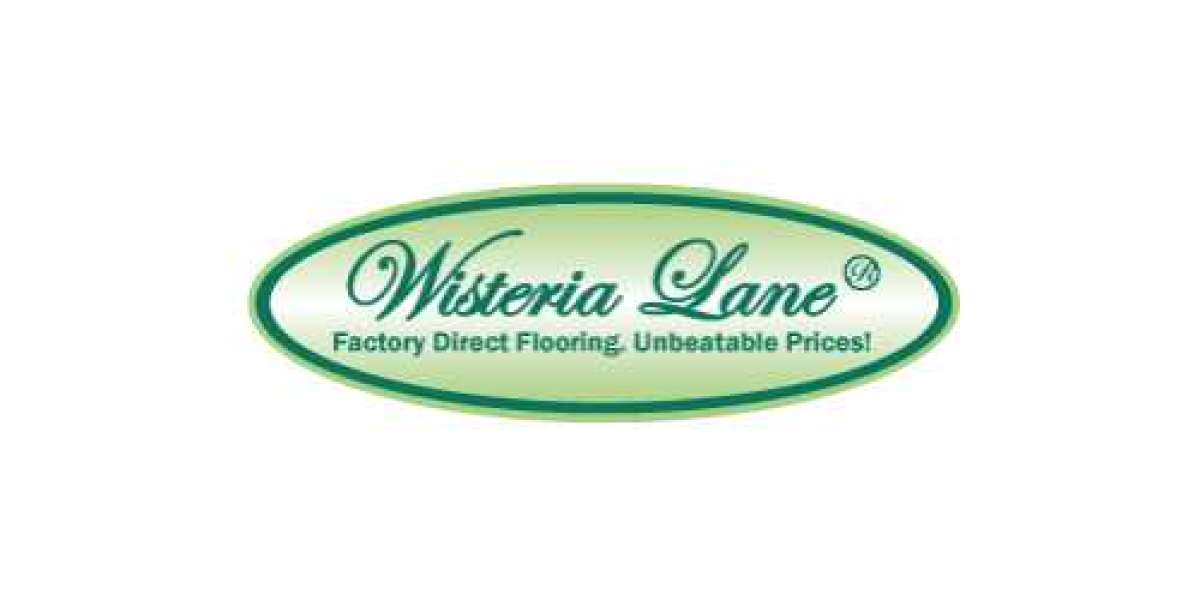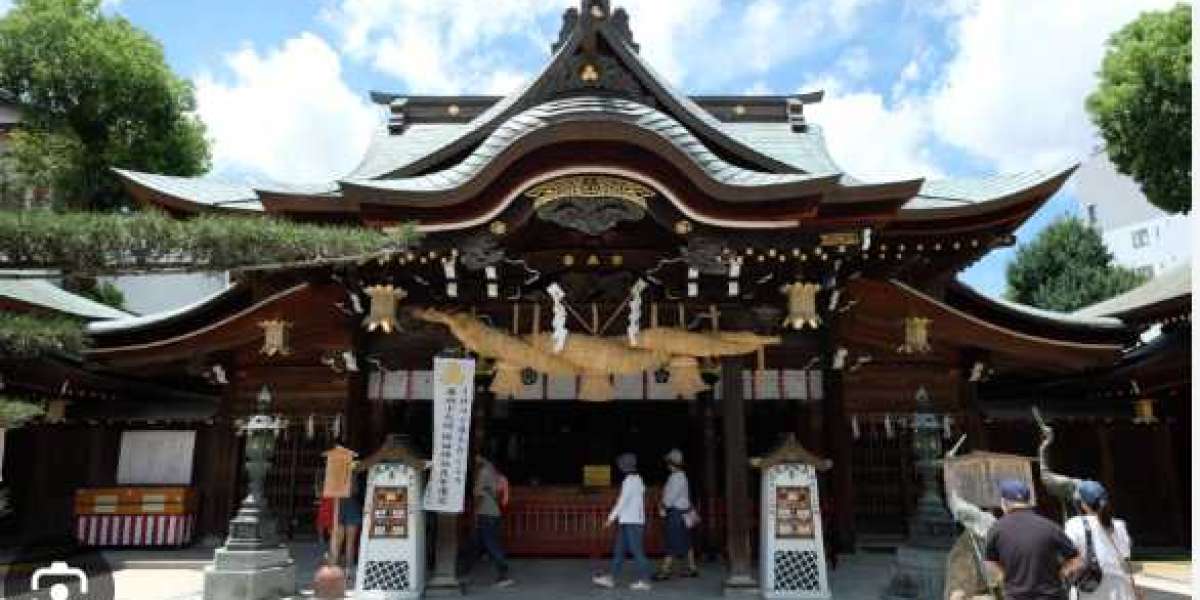When it comes to flooring, hardwood is often considered the gold standard. Its timeless appeal, durability, and ability to add value to a home make it a popular choice among homeowners. But with so many options available, selecting the perfect hardwood flooring can be a daunting task. Whether you’re renovating your home or building a new one, this comprehensive guide will help you make an informed decision and choose the hardwood flooring that best suits your needs and style.
- Understanding Hardwood Flooring
Before diving into the specifics, it’s important to understand what Hardwood Flooring entails. Hardwood flooring is made from solid wood and is available in a variety of species, styles, and finishes. There are two main types of hardwood flooring: solid and engineered.
Solid Hardwood Flooring: As the name suggests, this type of flooring is made from a single piece of wood. It is known for its longevity and can be sanded and refinished multiple times. However, it is more susceptible to changes in humidity and temperature, which can cause it to expand or contract.
Engineered Hardwood Flooring: Engineered hardwood consists of a top layer of real hardwood veneer over a core of high-density fiberboard (HDF) or plywood. This construction makes it more stable and less prone to warping, making it suitable for areas with fluctuating humidity, like basements.
- Choosing the Right Wood Species
The type of wood you choose will greatly impact the look, feel, and durability of your flooring. Here are some popular hardwood species:
Oak: Oak is one of the most common hardwood choices, known for its durability and classic appearance. It comes in two varieties—red and white oak. Red oak has a slightly pinkish hue, while white oak offers a more muted, brownish tone.
Maple: Maple hardwood is known for its light, uniform color and strength. It’s a great option for modern or contemporary interiors.
Hickory: Hickory is one of the hardest domestic hardwoods and is ideal for high-traffic areas. It features a distinctive grain pattern and natural color variations.
Cherry: Cherry wood has a rich, reddish-brown color that deepens with age. It’s a softer hardwood compared to others, making it less ideal for high-traffic areas but excellent for adding warmth and elegance.
Walnut: Walnut offers a dark, luxurious look with rich brown and purple hues. It’s softer than some other hardwoods but brings an unmatched depth of color.
- Selecting the Finish
The finish of hardwood flooring affects both its appearance and its durability. There are several finish options to consider:
Unfinished: Unfinished hardwood floors are sanded and finished on-site. This option allows for a custom stain and finish but requires more time and effort during installation.
Prefinished: Prefinished hardwood floors come with a factory-applied finish, offering a variety of stains and colors. This option is less messy and quicker to install since no additional finishing is required.
Oil-Based Finishes: These finishes penetrate the wood and provide a warm, natural look. They are durable and resistant to wear but may require regular maintenance.
Water-Based Finishes: Water-based finishes dry quickly and offer a clear, non-yellowing appearance. They are less odor-intensive and environmentally friendly but might not be as durable as oil-based finishes.
Hardwax Oil Finishes: Hardwax oil combines the benefits of oil and wax, providing a natural look with a durable finish. It’s easy to maintain and can be spot-repaired.
- Considering the Wood Grain and Texture
The grain pattern and texture of hardwood flooring can significantly influence the overall look of your space.
Grain Patterns: Wood grain patterns can vary from straight to wavy to curly. Some popular grain patterns include:
- Straight Grain: This is the most common and provides a clean, classic look.
- Curly Grain: This pattern features a more dramatic, swirling appearance.
- Wavy Grain: Also known as “cathedral” grain, it creates a more traditional look.
Texture: The texture of the wood can range from smooth to distressed. Distressed or hand-scraped textures can add character and hide wear, while a smooth finish offers a more formal look.
- Color and Stain Choices
Color and stain are crucial elements in choosing hardwood flooring. The color you select should complement your home’s decor and personal style.
Light Colors: Light-colored woods, like maple or ash, can make a room feel larger and brighter. They are also good at hiding dust and scratches.
Dark Colors: Dark hardwoods, such as walnut or mahogany, add warmth and sophistication but may show dust and scratches more easily.
Stains: In addition to natural colors, hardwood floors can be stained to achieve various hues. Popular stain options include:
- Medium Brown: Offers a traditional, versatile look.
- Gray: Provides a modern, sleek appearance.
- Whitewash: Gives a beachy, rustic feel.
- Durability and Maintenance
Different hardwood species have varying levels of hardness and durability. It’s important to consider how much wear and tear your flooring will endure.
Hardness Ratings: The Janka hardness test measures the resistance of wood to denting and wear. For high-traffic areas, choose a harder wood species like hickory or oak.
Maintenance: Hardwood floors require regular cleaning and maintenance. Use a soft-bristled broom or vacuum to remove dust and debris, and clean with a manufacturer-recommended cleaner. Avoid excess water and harsh chemicals that can damage the finish.
- Environmental and Sustainability Considerations
If you’re environmentally conscious, consider choosing hardwood flooring from sustainably managed forests. Look for certifications like the Forest Stewardship Council (FSC) label, which indicates that the wood has been sourced responsibly.
Reclaimed Wood: Reclaimed hardwood is salvaged from old buildings and can add a unique, historical element to your home. It’s an eco-friendly choice that reduces waste.
Engineered Wood: As mentioned earlier, engineered hardwood can be a more sustainable option due to its use of less expensive core materials.
- Budgeting for Hardwood Flooring
Wisteria Lane Flooring can be a significant investment, so it’s essential to budget accordingly. Prices vary based on wood species, finish, and installation complexity. On average, hardwood flooring can range from $5 to $15 per square foot, including installation.
Additional Costs: Don’t forget to account for additional costs such as underlayment, trim, and potential subfloor repairs. Also, consider the long-term value and potential increase in your home’s resale value when evaluating your budget.
- Professional Installation vs. DIY
While DIY installation might save money, professional installation ensures a high-quality finish and correct handling of the material. Professionals have the expertise to deal with subfloor issues, ensure proper acclimation of the wood, and achieve a flawless installation.
DIY Installation Tips: If you choose to install the flooring yourself, make sure to follow all manufacturer guidelines, use the correct tools, and allow the wood to acclimate to your home’s environment before installation.
Conclusion
Choosing the perfect hardwood flooring involves careful consideration of wood species, finish, color, texture, and maintenance. By understanding your options and what each type of hardwood offers, you can select flooring that enhances your home’s beauty and suits your lifestyle. Whether you opt for the classic elegance of oak or the rich depth of walnut, the right hardwood flooring can transform your space and provide a lasting, timeless appeal.







